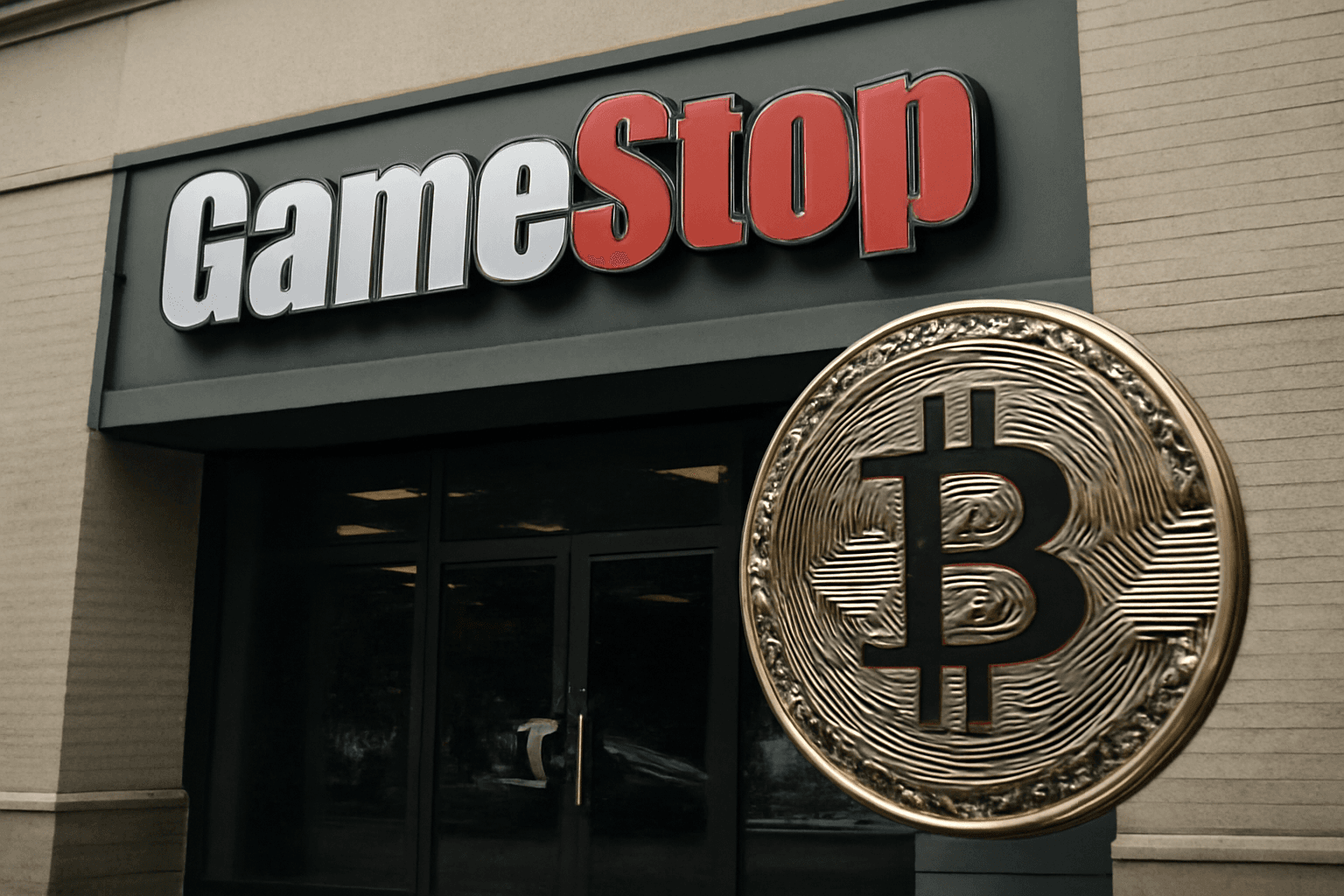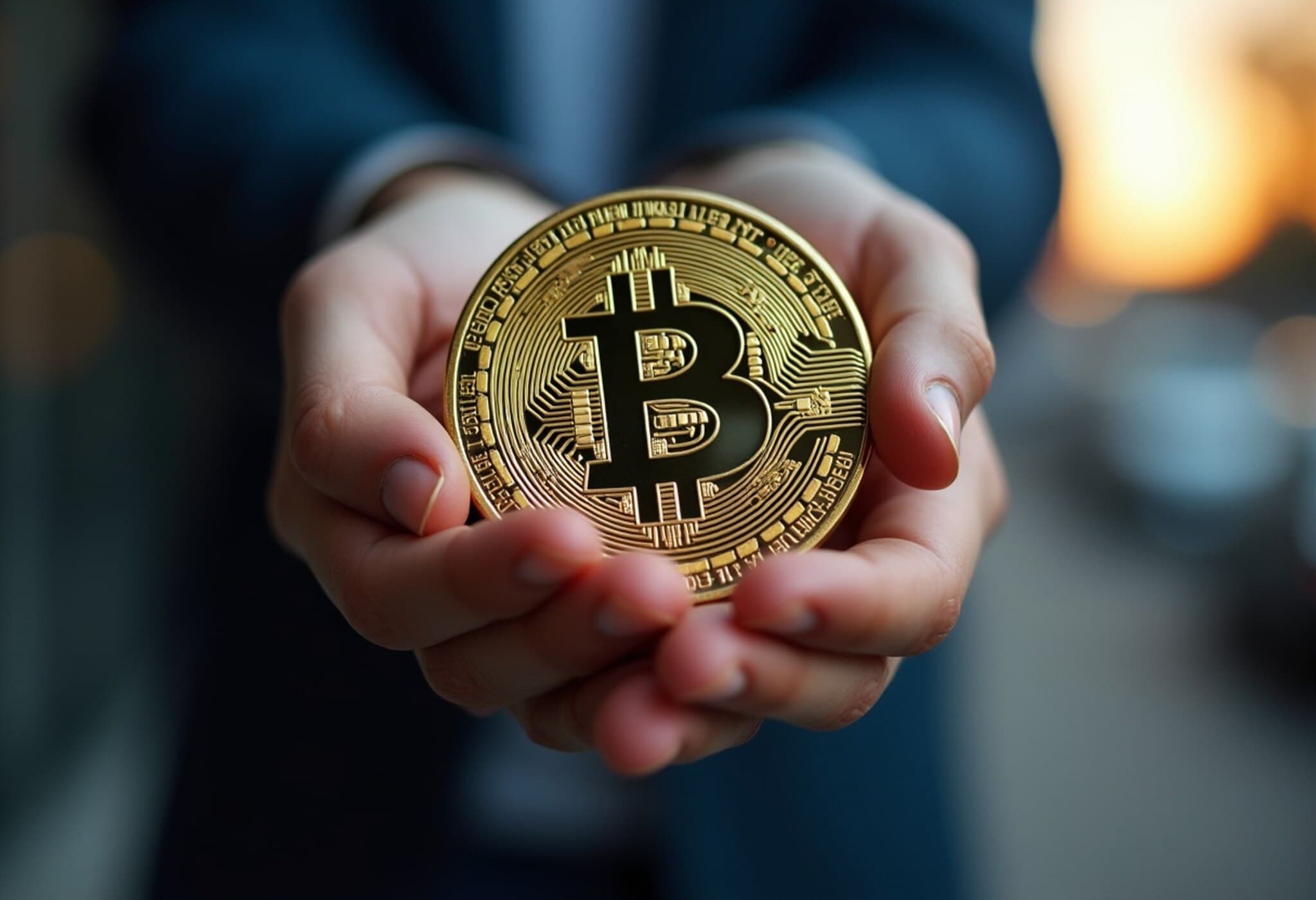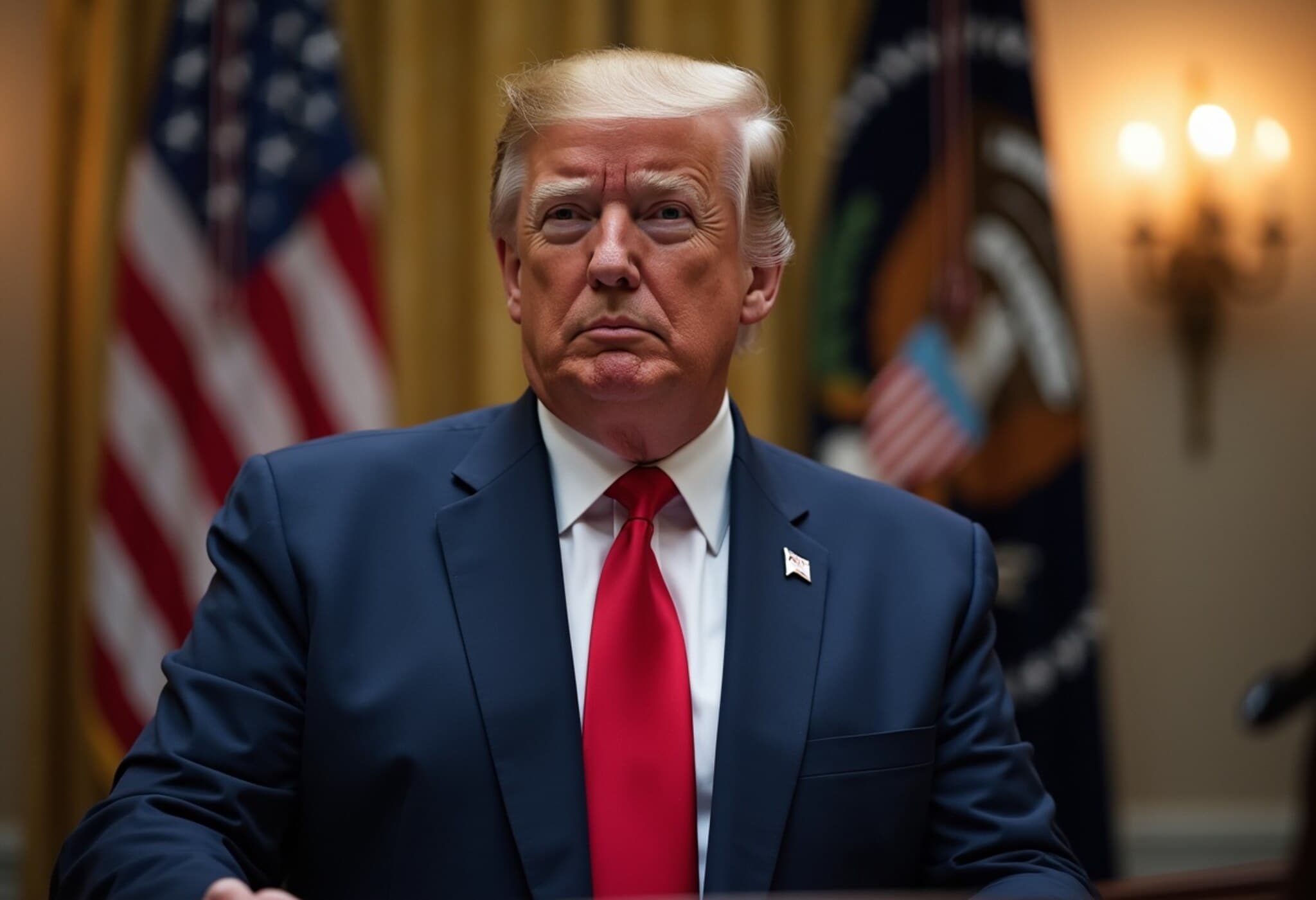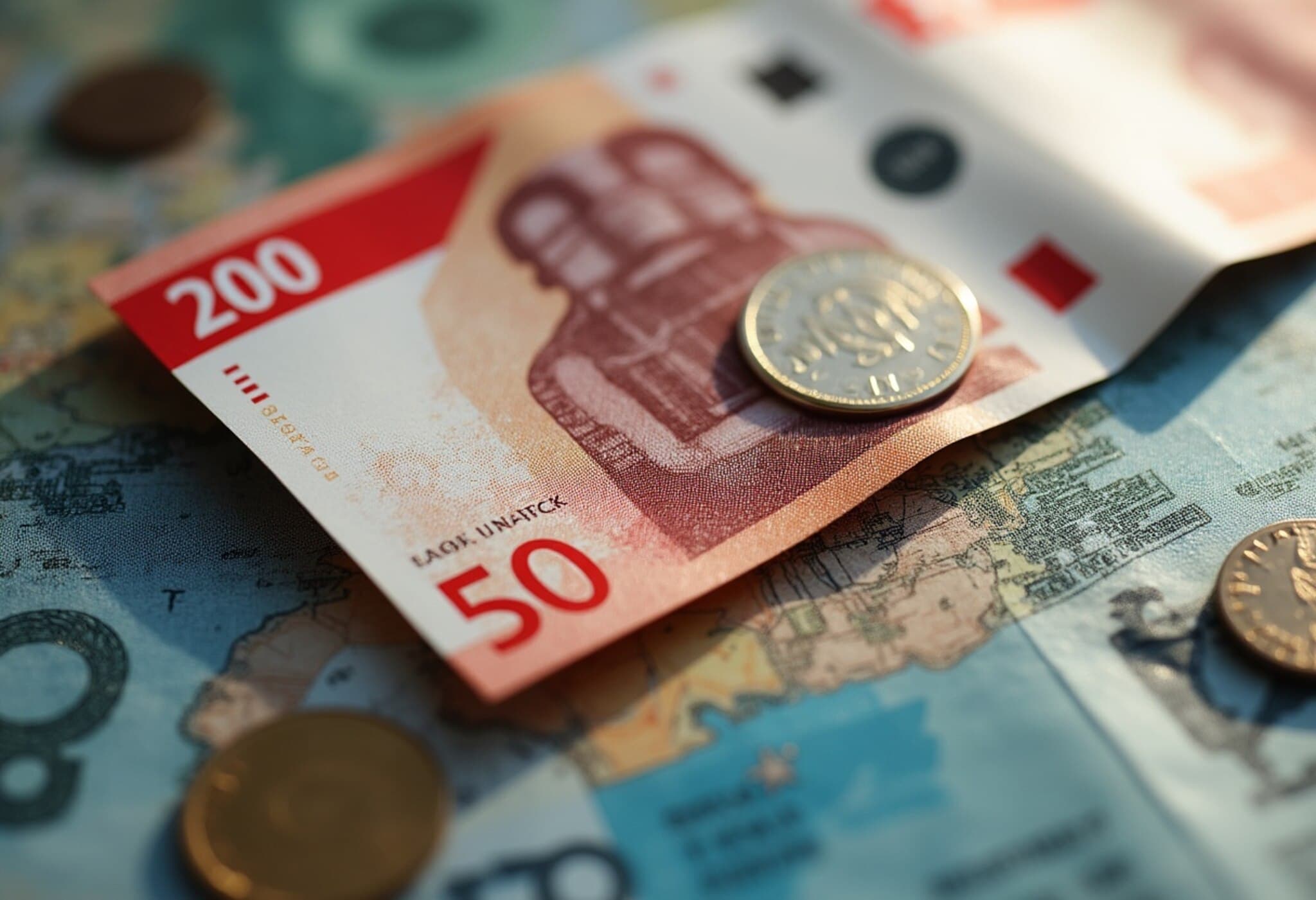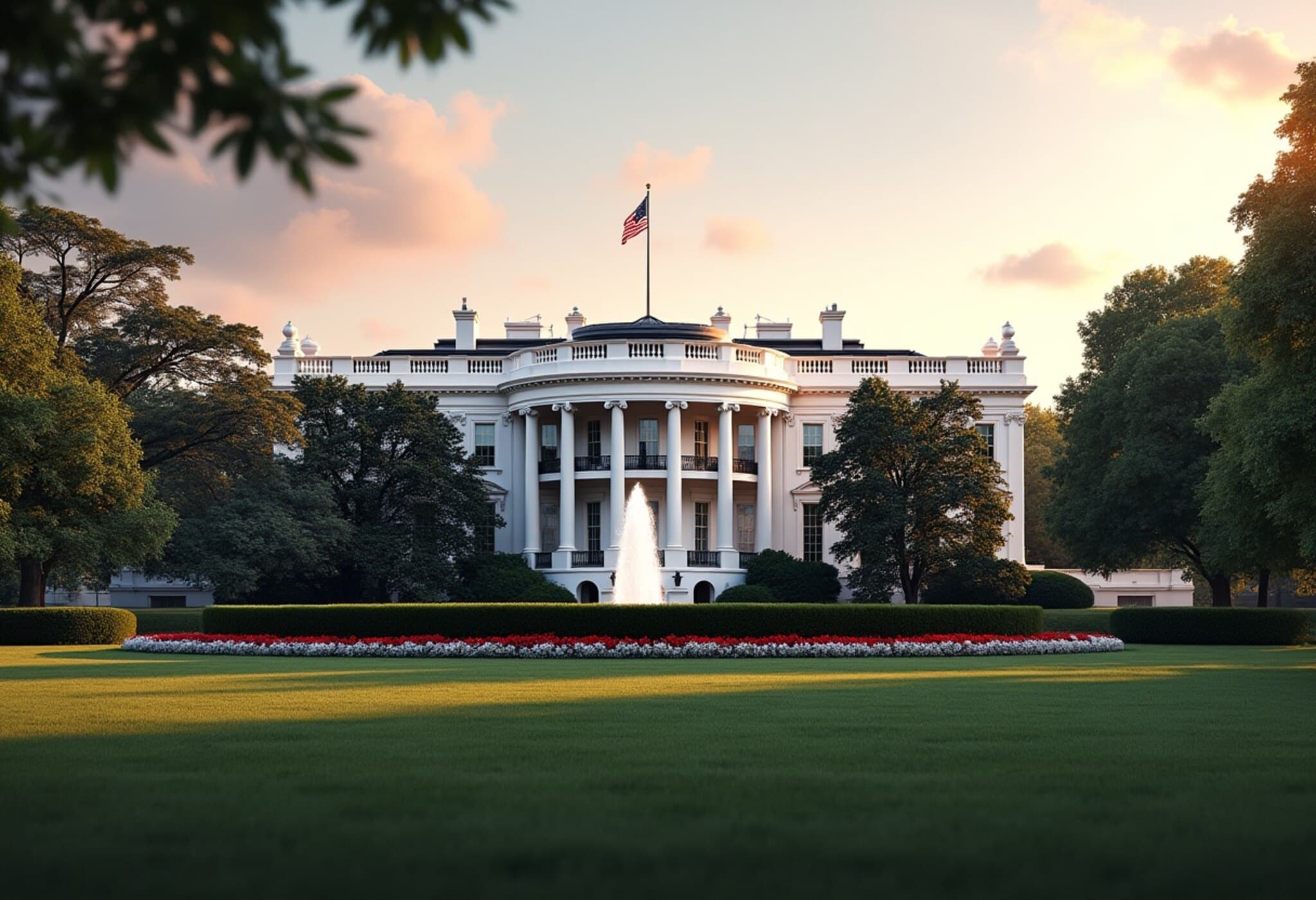The Rise of Stablecoins in Asia's Financial Landscape
As the global cryptocurrency wave surges ahead, Asia is rapidly becoming a hotbed for stablecoin adoption, especially among businesses seeking faster, more cost-efficient ways to conduct cross-border payments. Unlike the traditional banking system — where international wire transfers can drag on for days and rack up significant fees — stablecoins offer near-instantaneous transactions with remarkable cost savings.
What Are Stablecoins and Why Are They Gaining Traction?
Stablecoins are a unique class of cryptocurrencies typically pegged to stable assets such as sovereign currencies or gold. This pegging mechanism shields them from the wild price swings often associated with other cryptocurrencies like Bitcoin or Ethereum, making them a preferred medium of exchange for businesses wary of volatility.
Regions like Singapore and Hong Kong stand out as leading hubs in this movement, ranking just behind the United States in terms of stablecoin transaction volumes. Notably, the payment corridor between Singapore and China has emerged as the busiest, with several of the next largest routes linked to U.S. markets.
Hong Kong’s Regulatory Evolution: A Catalyst for Growth
Hong Kong’s upcoming stablecoin legislation, effective this Friday, marks a pivotal shift in how virtual assets are regulated and managed. The new framework closely mirrors the U.S. GENIUS Act, signaling a global trend towards legitimizing stablecoins within mainstream finance. This regulatory clarity is inspiring confidence among financial firms to issue and handle stablecoins securely.
Business Adoption Across Asia: Speed, Savings, and Security
Across diverse industries — from online travel agencies and luxury goods sellers to upscale hotels — companies are integrating stablecoin payments. For example, Singapore-based travel firm Wetrip began accepting stablecoins via Coinbase’s digital wallet, attracting customers with promises of faster settlements and significantly reduced transaction costs.
- Faster Settlements: Stablecoin transactions typically clear in seconds, eliminating the multi-day lag of traditional bank transfers.
- Reduced Fees: Businesses avoid hefty intermediary fees common in international wire transfers.
- Risk Mitigation: Conversion of digital currencies into stablecoins or fiat currencies reduces exposure to crypto price volatility.
As Ben El-Baz, Managing Director at Hashkey Global, explains, "Blockchain technology enables value exchange directly between parties with far less counterparty risk." This streamlined process bypasses multiple correspondent banks, enhancing efficiency and security.
Global Momentum: Payment Giants Move In
Major payment processors — Visa, Mastercard, and Stripe — have recognized stablecoins’ potential, integrating support into their infrastructures. The U.S. regulatory environment also propels this trend. June’s listing of Circle, the issuer of USD Coin, alongside legislative initiatives such as the GENIUS Act, are expanding interest in digital payments throughout Asia.
Underreported Narratives: The Promise and Perils
While the advantages are clear, important questions linger about regulatory oversight, consumer protections, and the environmental costs of blockchain networks. Moreover, the Chinese government’s cautious stance — balancing innovation with concerns over financial stability and capital flight — highlights divergent approaches within the region.
Yet, in special administrative regions like Hong Kong and innovation hubs such as Shenzhen, fintech firms are piloting real-world stablecoin applications in retail and cross-border trade. Giants like JD.com and Ant Financial are preparing to issue Hong Kong-dollar-backed stablecoins post-legislation.
Luxury, Travel, and Retail: New Frontiers for Stablecoin Payments
Luxury brands and high-end hospitality businesses are jumping on board, understanding that offering diverse payment options can close more sales. For instance, Capella Hotels began accepting digital currencies last year to meet growing customer demand for secure, convenient payment methods.
Similarly, Ginza Xiaoma, a specialist reseller of Hermes Birkin handbags, anticipates that stablecoin payments could represent up to 20% of their transactions by year-end, translating into substantial new revenue streams and market expansion across Singapore, Hong Kong, and Tokyo.
Looking Ahead: Stablecoins Positioned to Challenge Traditional Systems
With global stablecoin transaction volumes soaring — exceeding $94 billion over two years ending February 2025 and monthly B2B payments alone topping $3 billion — the financial sector stands at a crossroads.
El-Baz predicts that stablecoin networks have a strong potential to displace legacy systems like SWIFT for international money transfers, offering a faster, transparent alternative. “We’re really on the cusp of this transformation,” he says.
Conclusion
The unfolding stablecoin revolution in Asia reflects broader shifts in global finance: the quest for speed, cost efficiency, and technological innovation balanced against prudent regulation and risk management. As Asia’s vibrant economies experiment with these digital tools, the world watches a financial metamorphosis that could redefine how value crosses borders.
Editor’s Note
Stablecoins are more than just technological novelties; they signal a new era in cross-border commerce. However, the journey ahead is complex, requiring careful navigation of regulatory challenges, financial stability concerns, and consumer trust issues. For American regulators and businesses, Asia’s experience offers valuable lessons on embracing innovation while safeguarding public interest — a delicate balance that will shape the future of global payments.


